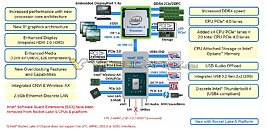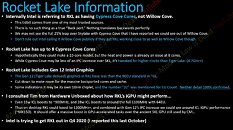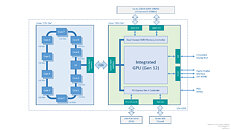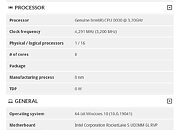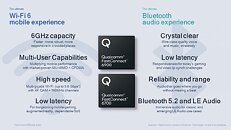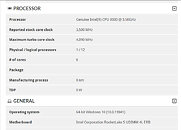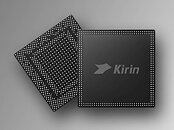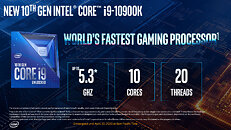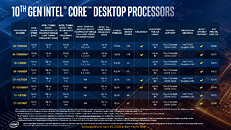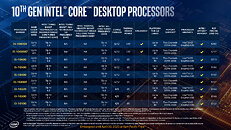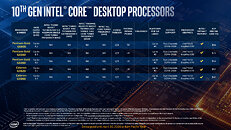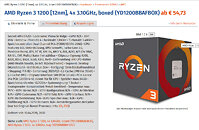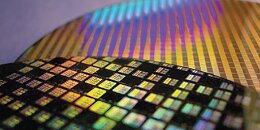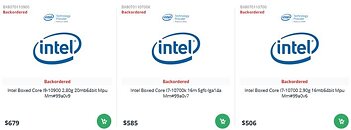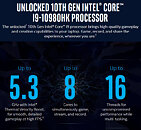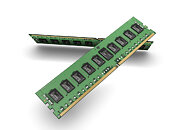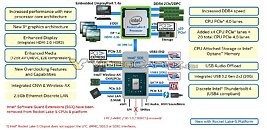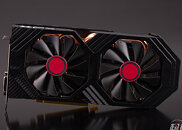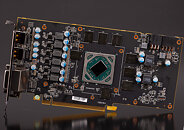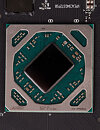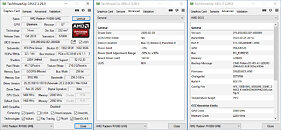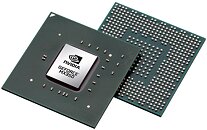
Intel Core i9-10850K Coming to Retail Channel After All, New Celeron Parts Listed
Intel's upcoming Core i9-10850K desktop processor, which was earlier believed to be an OEM-exclusive, is coming to the DIY retail channel after all. The 10-core Socket LGA1200 processor surfaced on retailers Cyclotron and LambdaTek as pre-orders, priced at 472€ and £459, including taxes, which aligns with its rumored USD $449 pre-tax price Stateside. At these prices, the i9-10850K is closer in price to the locked i9-10900 than to the top i9-10900K part.
Based on the 14 nm "Comet Lake-S" silicon, the Core i9-10850K is a 10-core/20-thread processor clocked up to 5.20 GHz, with 20 MB of L3 cache. Where it differs from the i9-109xx series is the lack of the Thermal Velocity Boost (TVB) feature. You still get an unlocked multiplier. The i9-10850K is hence provides a roughly $50 saving over the i9-10900K to give up the 100 MHz higher clock speed enabled by TVB. In the retail channel, the chip goes by the SKU "BX8070110850K."
Based on the 14 nm "Comet Lake-S" silicon, the Core i9-10850K is a 10-core/20-thread processor clocked up to 5.20 GHz, with 20 MB of L3 cache. Where it differs from the i9-109xx series is the lack of the Thermal Velocity Boost (TVB) feature. You still get an unlocked multiplier. The i9-10850K is hence provides a roughly $50 saving over the i9-10900K to give up the 100 MHz higher clock speed enabled by TVB. In the retail channel, the chip goes by the SKU "BX8070110850K."




